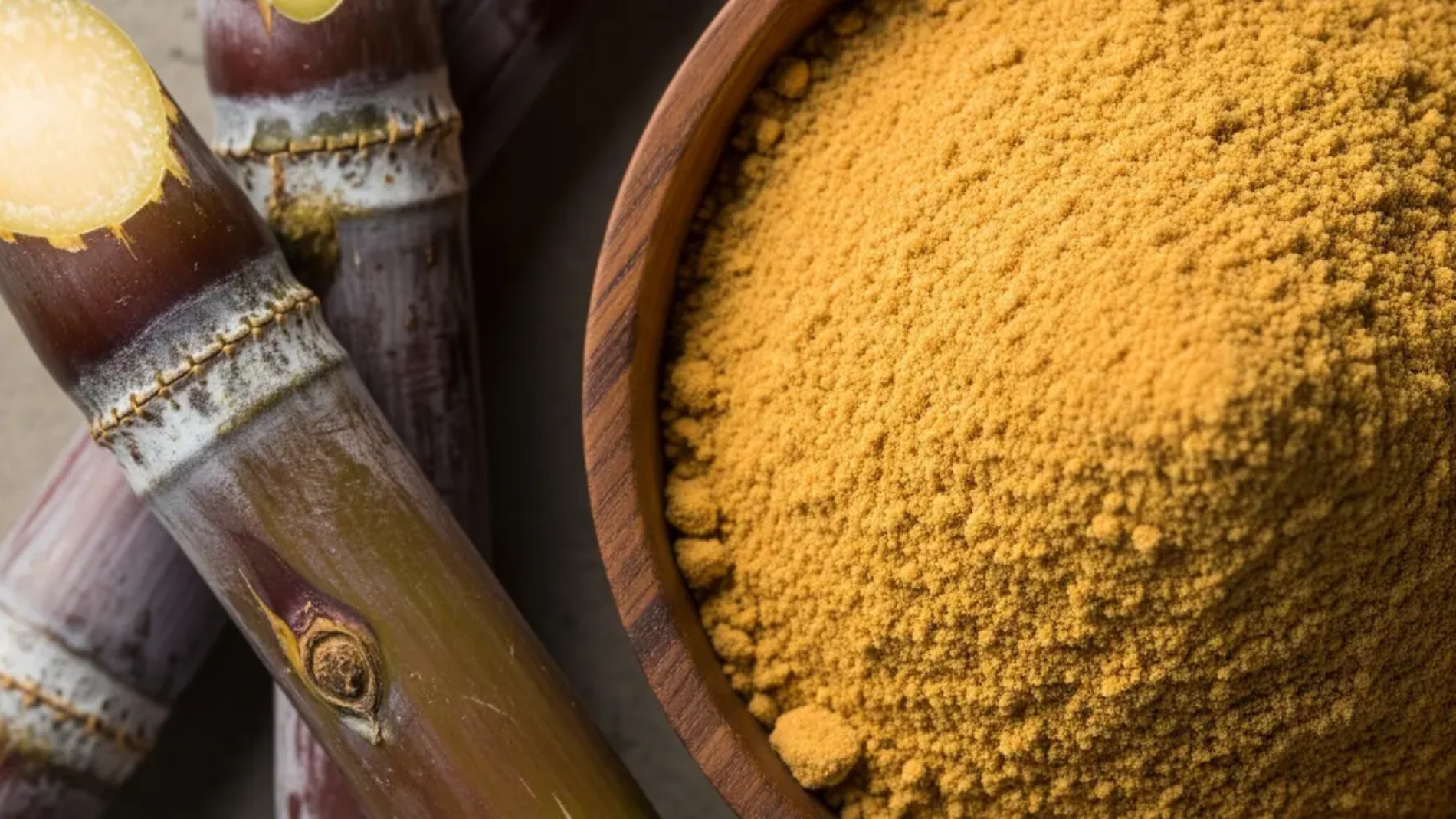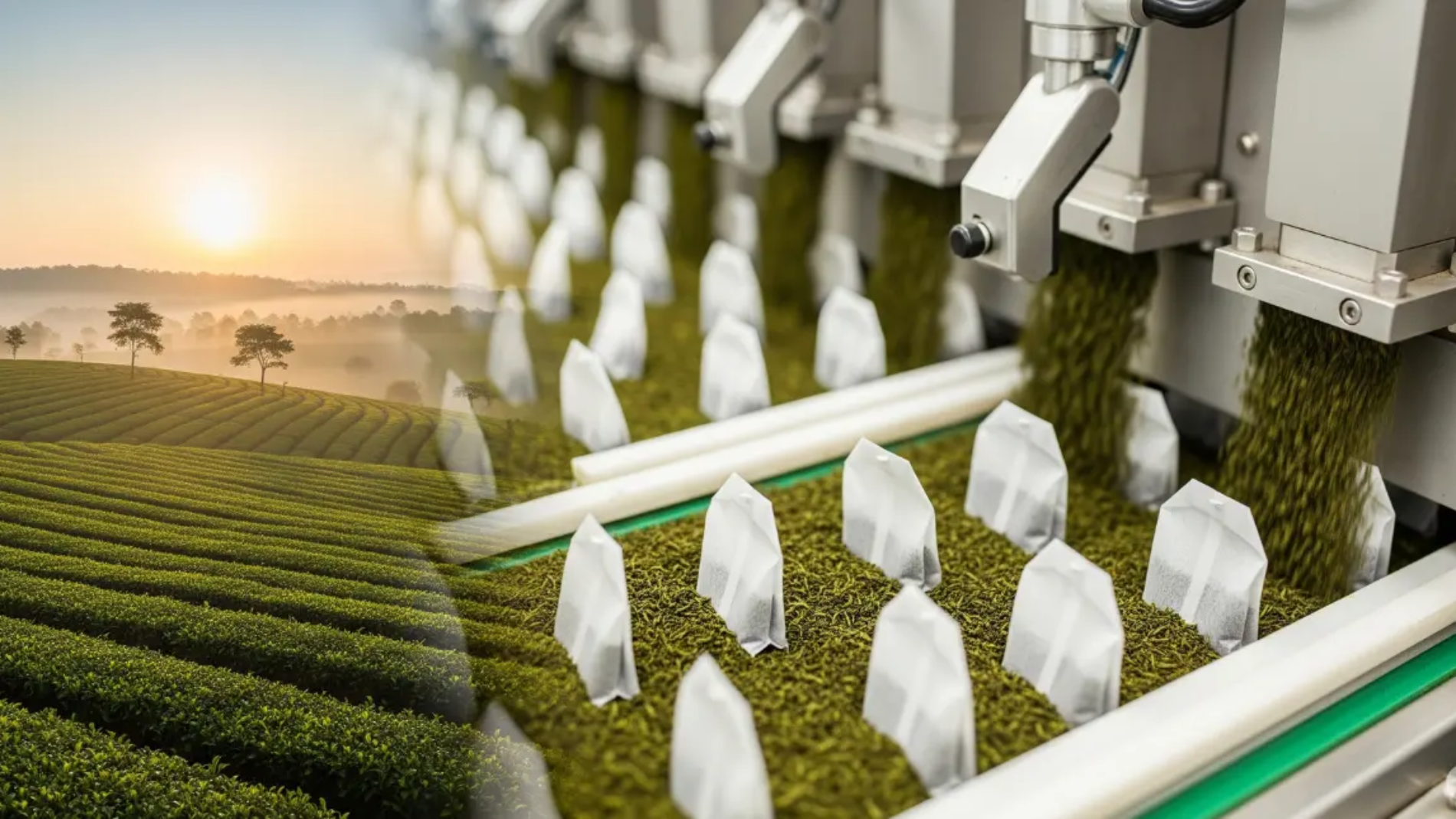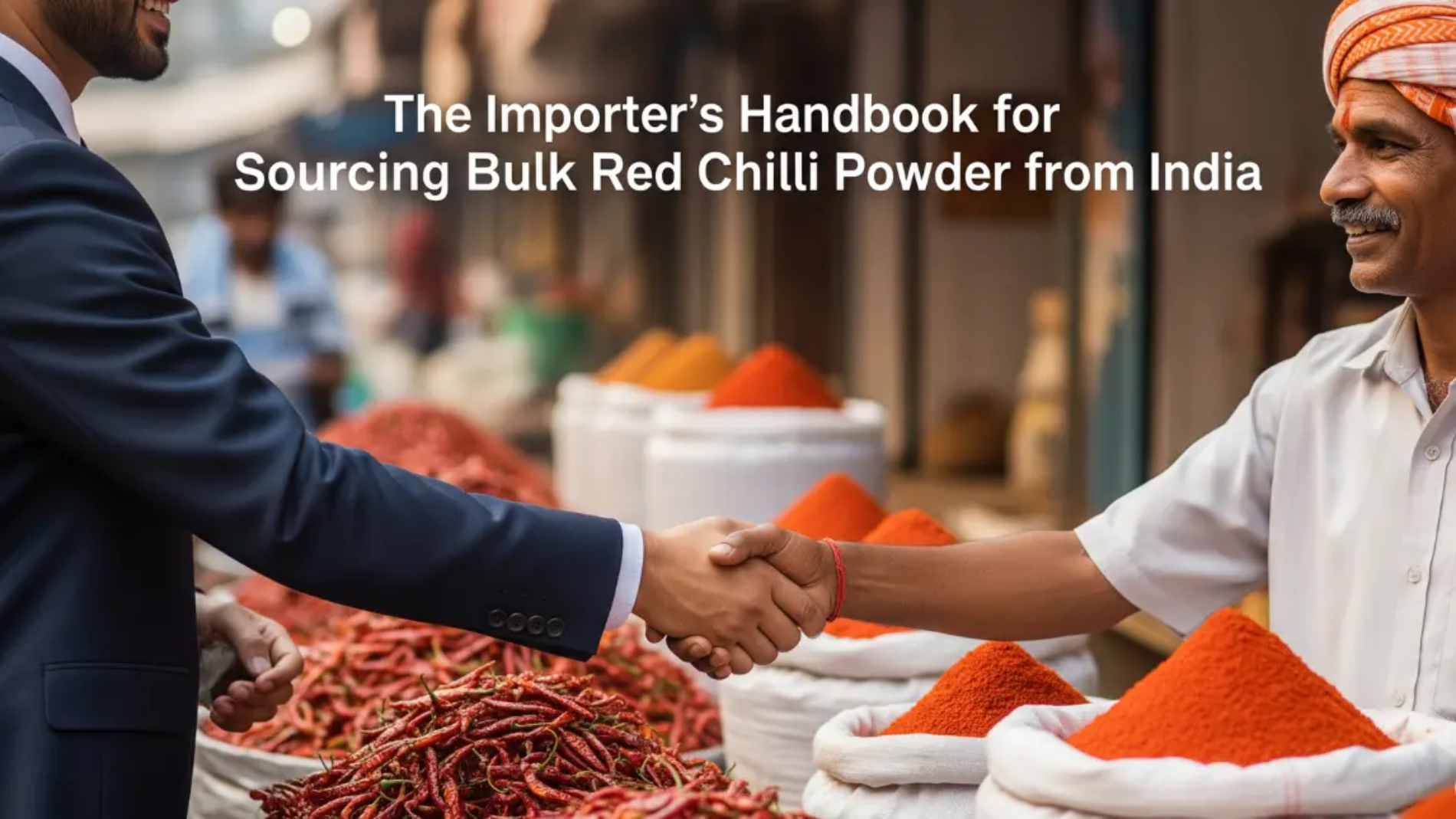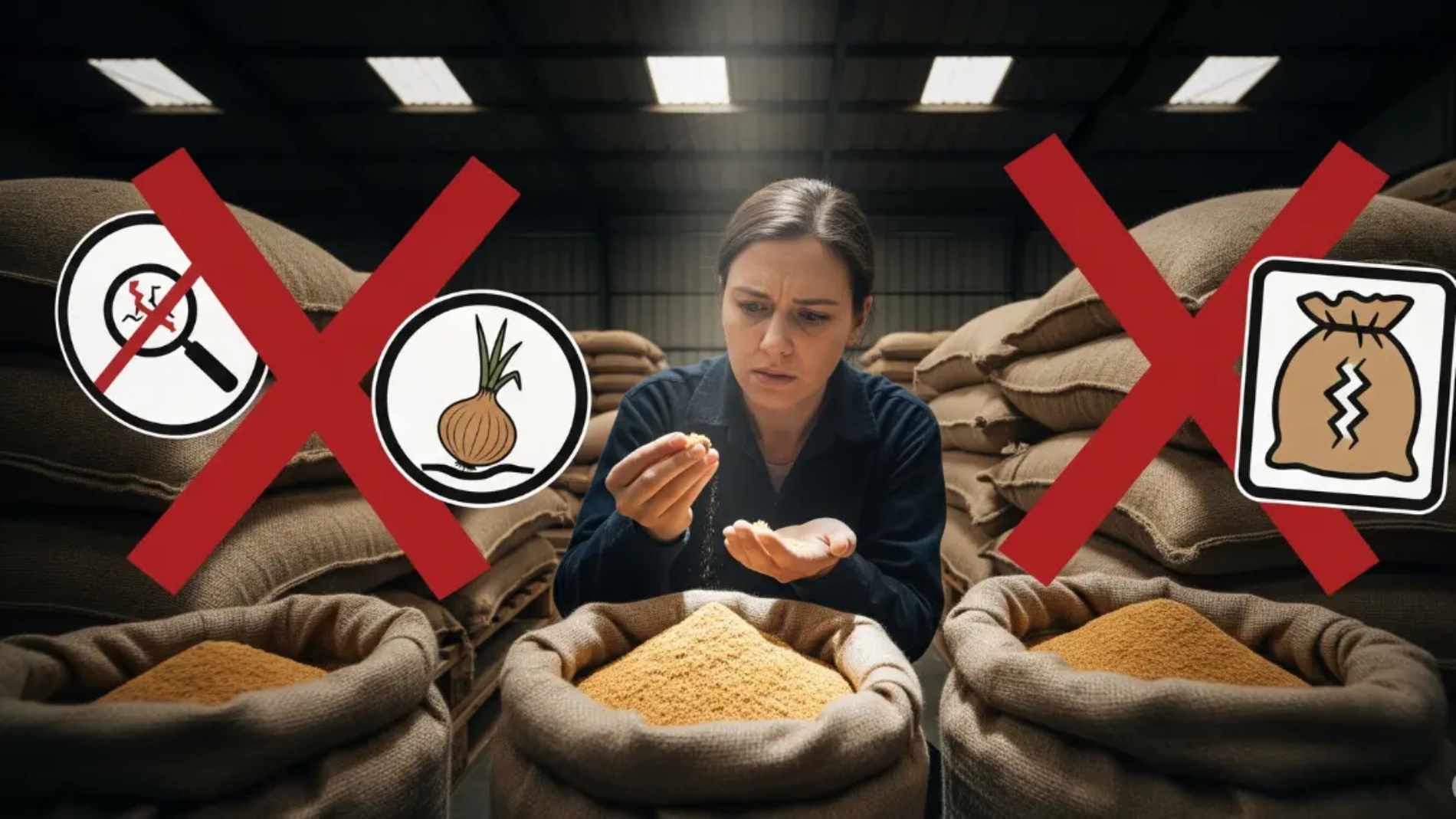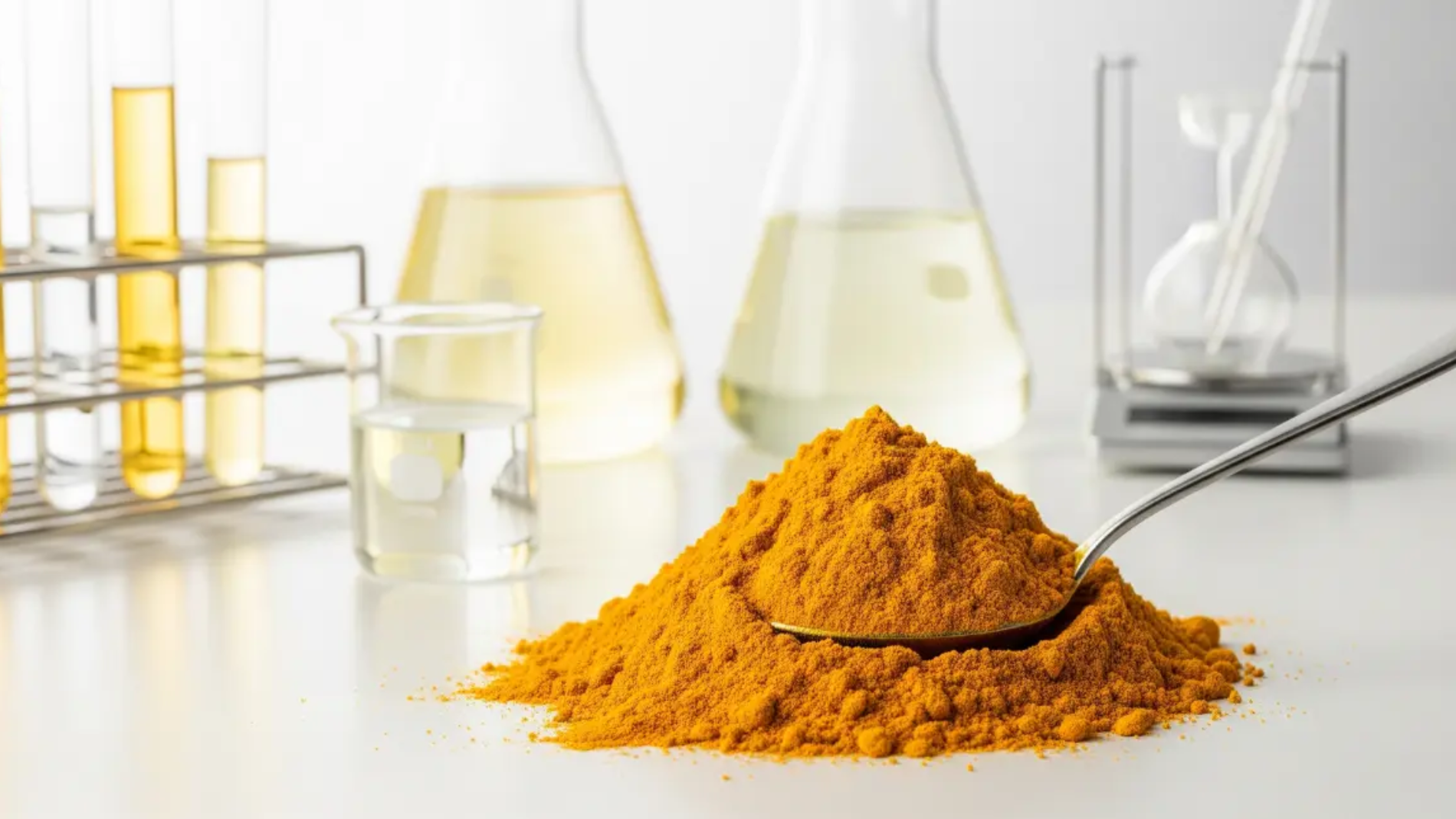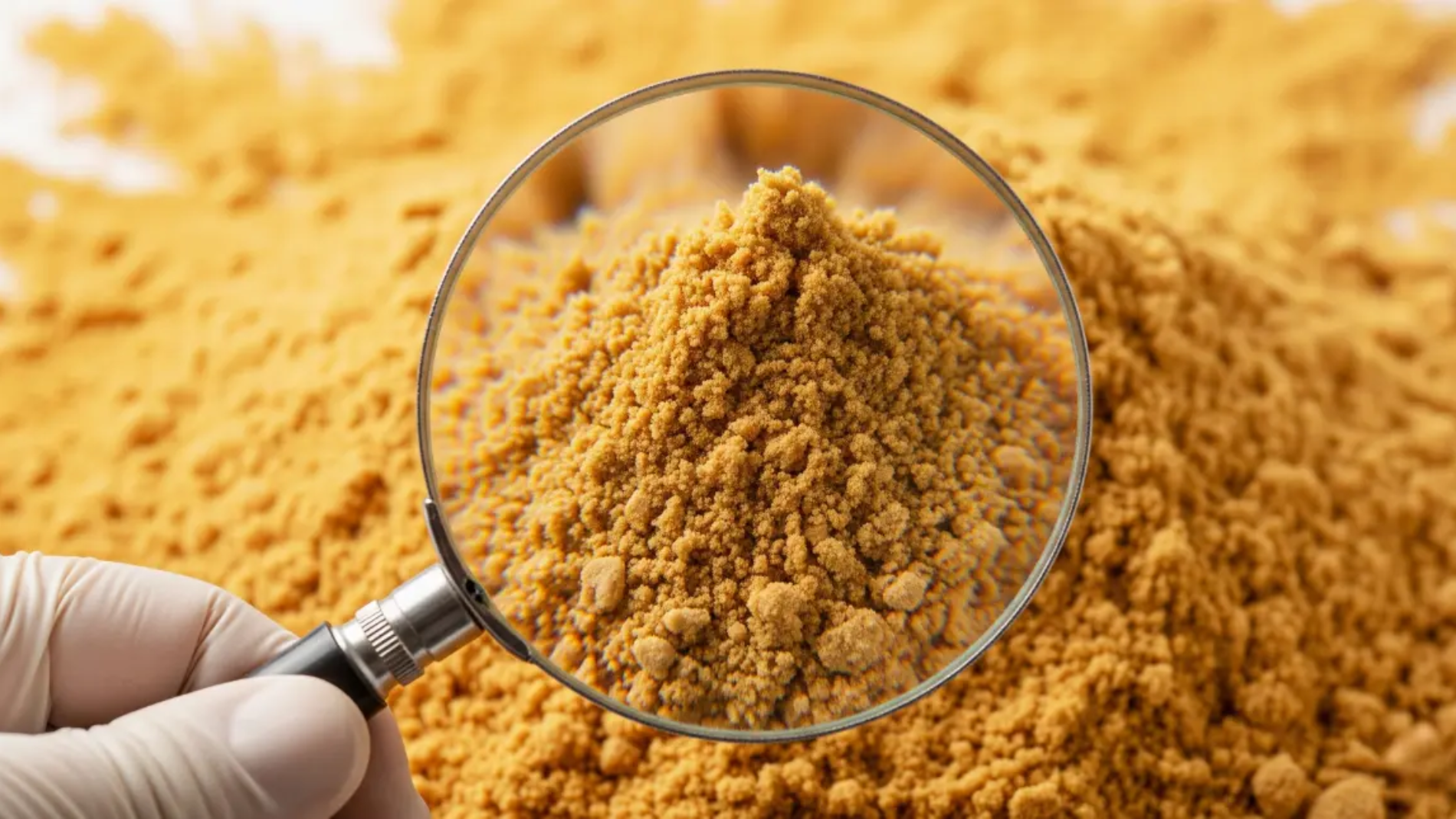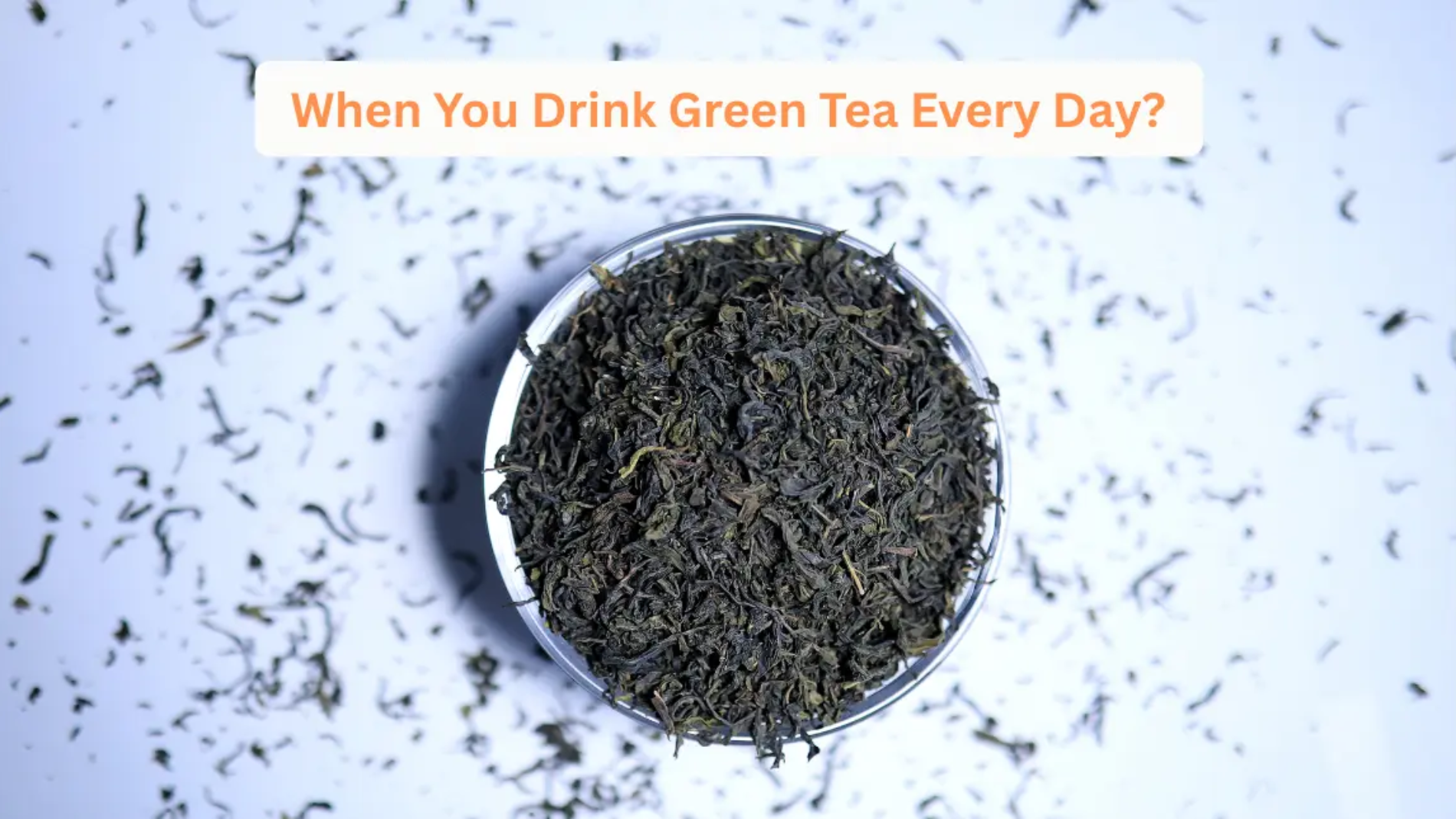In today’s health-conscious world, families are constantly seeking ways to make healthier choices without sacrificing the joy of food. One of the biggest challenges is managing sweetness in the family diet. Refined white sugar, with its empty calories and links to sugar rushes, has led parents on a search for a wholesome and healthy sugar alternative. The answer, it turns out, is a traditional treasure: organic jaggery powder.
This golden, unrefined sweetener, a staple in Indian Jaggery traditions for centuries, is making a major comeback in modern kitchens. More than just a sweetener, it’s a powerhouse of nutrition and purity. Here are the compelling reasons why organic jaggery powder is becoming a top choice for families everywhere.
1. It’s a Nutrient-Rich, Not an "Empty" Sweetener
Unlike refined white sugar, which is stripped of all nutrients during processing, organic jaggery powder retains a wealth of natural goodness. Because it’s made from unrefined sugarcane juice, it keeps the vital minerals and vitamins intact.
Among the key jaggery powder benefits is its significant mineral content, which includes:
Iron: Essential for healthy blood production and preventing anemia, iron helps maintain high energy levels—a must for active kids.
Magnesium: Important for nerve function and bone health.
Potassium: Helps maintain a healthy fluid balance and blood pressure.
Antioxidants: Jaggery contains antioxidants that help combat free radicals in the body. By choosing jaggery, you are adding nutritional value to your sweet dishes, not just empty calories.
2. The "Organic" Promise: Purity and Freedom from Chemicals
For any parent, the purity of the food they serve is paramount. This is where the “organic” in organic jaggery powder becomes so important. Certified organic jaggery is produced from sugarcane grown without the use of synthetic pesticides or chemical fertilizers.
Even more critically, the processing is entirely natural. Many conventional jaggery producers use chemical clarifying agents like sodium hydrosulphite to give the final product a lighter, more uniform colour. Choosing certified organic ensures you are getting chemical-free jaggery. This guarantee of purity means you can be confident you are giving your family a clean, unadulterated product, free from harmful residues.
Spice Up Your Business with Authentic Indian Flavors
Import and Export Excellence from India!

3. A Gentler Impact on Energy Levels
Every parent is familiar with the dreaded “sugar rush” and the subsequent energy crash that follows when children consume refined sugars. Because organic jaggery powder is a complex carbohydrate, it is digested and absorbed more slowly by the body.
This leads to a more gradual release of energy and a more stable blood sugar level. For families, this means more balanced energy for kids throughout the day, without the dramatic mood swings and hyperactivity associated with a sugar spike. It’s a smarter way to sweeten that supports sustained energy.
4. A Delicious, Caramel-Like Flavor Kids Love
Health benefits are wonderful, but a sweetener is only useful if your family enjoys the taste. Fortunately, organic jaggery powder has a delicious and unique flavour profile that most children find irresistible.
It has a rich, earthy sweetness with distinct notes of caramel and molasses. This complex flavour does more than just sweeten food; it enhances it. It adds a wonderful depth to a warm glass of milk, a bowl of porridge, or a batch of healthy homemade cookies. This delicious taste makes it an easy and welcome switch for even the pickiest eaters.
5. Incredibly Easy to Use in Everyday Cooking
Busy families need convenient solutions. The powdered form of organic jaggery is incredibly user-friendly, especially when compared to traditional jaggery blocks that require grating or melting.
It dissolves easily in both hot and cold liquids and can be used as a direct 1:1 substitute for sugar in most recipes, from baking to beverages. You can effortlessly:
Stir it into oatmeal or yogurt.
Blend it into smoothies for natural sweetness.
Use it in pancakes, muffins, and healthy cake recipes.
Mix it into traditional sweets and desserts. This convenience makes it simple to integrate a healthier choice into your family’s daily routine without any extra hassle.
Making the switch to organic jaggery powder is a simple yet powerful step towards a more wholesome family diet. It’s a choice that nourishes, protects, and delights, proving that you don’t have to compromise on health to enjoy the sweet moments in life.
Frequently Asked Questions (FAQs)
1. At what age can I introduce jaggery to my child’s diet?
Jaggery can generally be introduced to a child’s diet after they turn one year old. It’s always best to start with small quantities and consult with your pediatrician before making any significant changes to your child’s diet.
2. Is organic jaggery powder the same as brown sugar?
No. Brown sugar is typically refined white sugar with molasses added back in. Organic jaggery powder is unrefined, evaporated sugarcane juice, meaning it retains all its natural minerals and is never stripped of its nutrients.
3. Will using jaggery powder change the taste of my baking?
Yes, in a delicious way! It will impart a lovely, mild caramel or molasses flavour to your baked goods, adding more complexity and richness than plain white sugar.
4. How should I store organic jaggery powder?
Store it in a cool, dry place in an airtight container. Because it’s a natural product without anti-caking agents, it can absorb moisture, so keeping it well-sealed is important.
5. Is jaggery powder suitable for daily consumption for kids?
Yes, jaggery for kids can be a part of a balanced daily diet when used in moderation as a replacement for refined sugar. It provides sweetness along with beneficial minerals.
6. How can I be sure the jaggery powder is truly organic and chemical-free?
Look for a reliable certification mark on the packaging, such as USDA Organic, India Organic, or EU Organic. These certifications guarantee that the product has met strict standards for organic farming and processing.
7. Does organic jaggery powder dissolve easily in cold milk?
Yes, the powdered form dissolves much more easily than jaggery blocks in both hot and cold liquids, making it perfect for sweetening milk, juices, and smoothies for kids.
8. Can I use organic jaggery powder to help with my child’s iron intake?
While it does contain iron, it should be seen as a supplementary source, not a primary one. It is a much better choice than refined sugar, which contains no iron, but a balanced diet with iron-rich foods remains essential.


